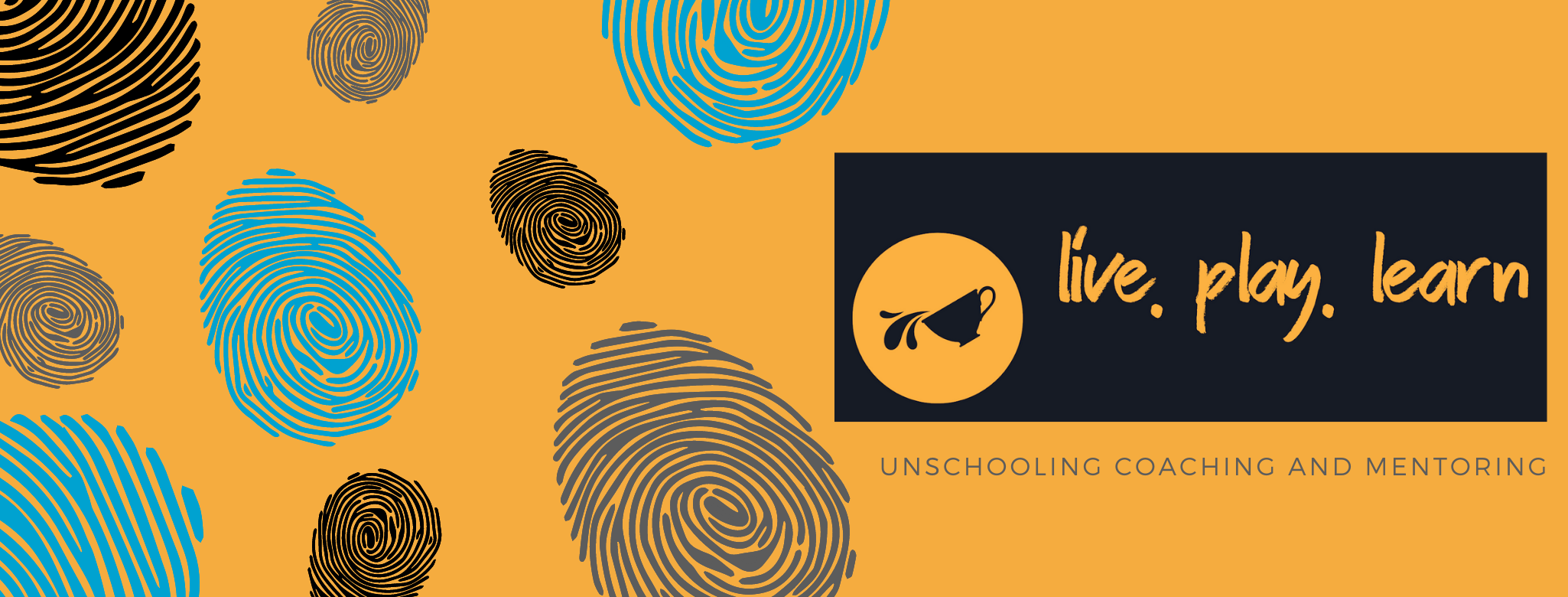
Welcome to the Five Steps to Unschooling mini series. Here you will find five small things that you can implement in your home as you move towards unschooling. They are in no particular order and I am certain other mini series will follow to give you further ideas of how you can move forward towards an unschooling life style.
I once saw a poster which was entitled ’10 ways to encourage your children to read.’ It simply said, in list format, 1-10, read to your child. In a similar vein, and to keep things straight forward, and focus our attention on one single aspect, all five steps will be about the role and importance of play.
-Recognise that play is learning-
One of the things that we are presented with when we begin unschooling and moving away from traditional education is the void.
We can feel the void and the absence of timetables and curriculum.
We can find ourselves reaching for items that feel familiar: books, classes, worksheets. We have made a decision to walk away from school type learning frameworks but what do our children do instead?
Our children will play.
Young children who have never been to school will continue to play as they always have. Children who have been de-registered may take a while to find their own rhythm and confidence in themselves, but given the chance to deschool, they will begin to find ways to spend their time in interesting pursuits.
Older children will be self-directing their own path.
It might not look much like play but they will be choosing how to spend their own time and re-discovering what they enjoy spending their time doing. They will begin to listen to their own self and their intrinsic desire to learn and curious nature will emerge.
As the adults, we need to observe.
When we start out on this journey there is healing to be done that requires a hands off approach. A safe and secure environment for our children to recover from the pressures and negative effects of school. A rest for their souls.
As they begin to be able to spend more time on their passions, it is the care givers responsibility to be present and to take note. What are our children interested in? When are our children most engaged? When are our children’s relaxed hours? How do they prefer to access new material? What connections are they making? What resources so they access?
Get to know our children as they get to know themselves.
If it helps, keep a note of what your children are learning. Interests they have. Connections they make. Questions they ask. Skills they are working on.
For example,
Today Miss 8 made a whole host of mini items for her dolls to play with. She cut and measured and painted mini pencils and a pencil case, mobile phone, cornflakes box complete with cornflakes, ice lollies, and vegetables. She experimented with different mediums including paint, crayons, selotape, masking tape, lolly sticks, tissue paper, craft paper, glue. Sh e made a template for different items and finely cut out shapes. She found original items so that she could replicate their colour and design. She tested and made each item in various materials and assessed each one before deciding on their final form. When they were complete they were put towards a small world game where they dolls went on a camping trip. This game was played with Miss 5.

Play is learning.
Being engaged in their own interests is learning.
Curiosity about the world around them is learning.
Asking quetions and seeking answers is learning.
Train yourself to see the learning that is going on, for your own peace of mind.
Read more





Been enjoying your articles! Wish they’d been around at the start of our home ed days! 🙂
LikeLike
Thanks Ross. I think that’s my inspiration for writing them and sharing them, something I would have found helpful at the beginning of our journey. I hope it supports and encourages others and shows that it is possible.
LikeLike